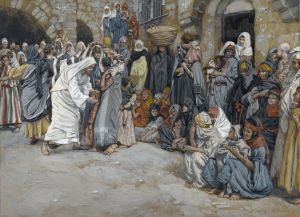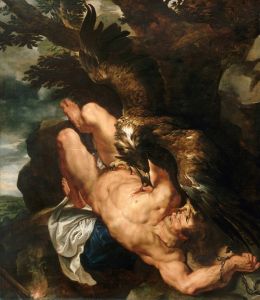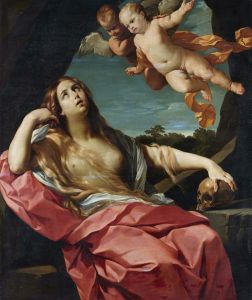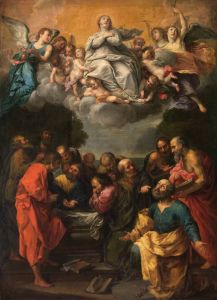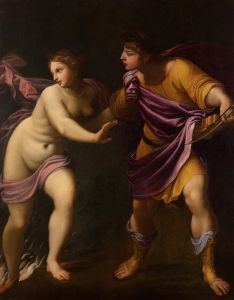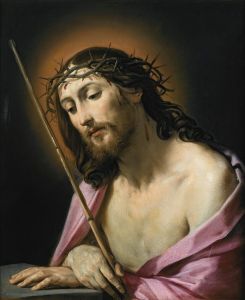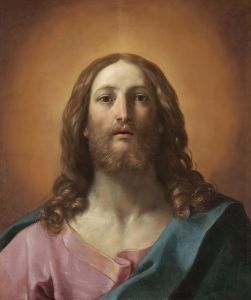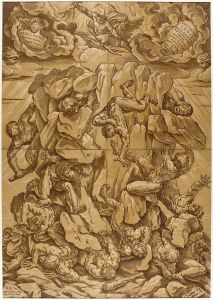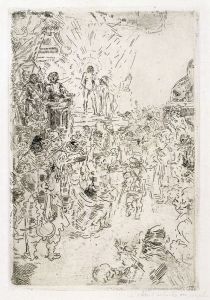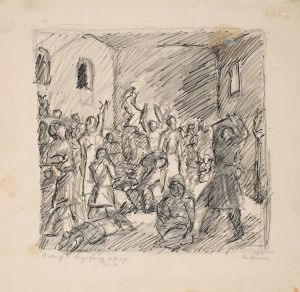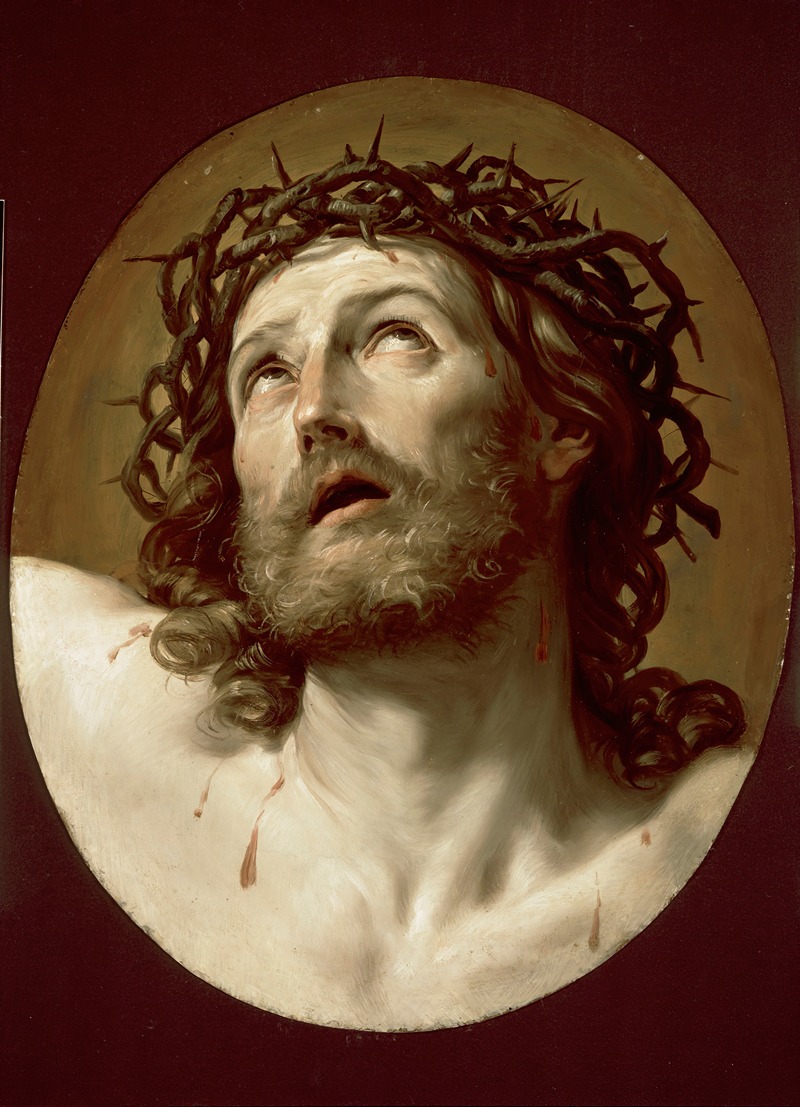
Head Of Christ Crowned With Thorns
A hand-painted replica of Guido Reni’s masterpiece Head Of Christ Crowned With Thorns, meticulously crafted by professional artists to capture the true essence of the original. Each piece is created with museum-quality canvas and rare mineral pigments, carefully painted by experienced artists with delicate brushstrokes and rich, layered colors to perfectly recreate the texture of the original artwork. Unlike machine-printed reproductions, this hand-painted version brings the painting to life, infused with the artist’s emotions and skill in every stroke. Whether for personal collection or home decoration, it instantly elevates the artistic atmosphere of any space.
"Head of Christ Crowned with Thorns" is a painting by the Italian Baroque artist Guido Reni. Created in the early 17th century, this work is a poignant representation of Christ during his Passion, specifically focusing on the moment he is crowned with thorns. Guido Reni, known for his classical style and serene compositions, captures the suffering and divinity of Christ in this powerful image.
Guido Reni was born in Bologna in 1575 and became one of the leading painters of the Baroque period. He was a prominent figure in the Bolognese School of painting, which was known for its emphasis on clarity, order, and harmony. Reni's works often featured religious themes, and he was particularly skilled at conveying emotion through his use of light and color.
In "Head of Christ Crowned with Thorns," Reni employs his characteristic use of chiaroscuro, the contrast between light and dark, to highlight the face of Christ. The background is kept dark, which serves to bring the viewer's attention directly to Christ's face, illuminated by a soft, almost ethereal light. This technique not only emphasizes the physical suffering of Christ but also suggests his spiritual purity and divine nature.
The painting depicts Christ with a crown of thorns pressed onto his head, a common symbol of his Passion and suffering. Blood can be seen trickling down his forehead, and his expression is one of profound sorrow and resignation. Reni's delicate brushwork and attention to detail are evident in the rendering of the thorns and the texture of Christ's skin and hair. The artist's ability to convey deep emotion through subtle facial expressions is one of the hallmarks of his style.
"Head of Christ Crowned with Thorns" reflects the Baroque era's focus on dramatic intensity and emotional depth. During this period, artists sought to evoke strong emotional responses from viewers, and religious subjects were often depicted with a heightened sense of realism and immediacy. Reni's painting is a prime example of this approach, as it invites viewers to contemplate the suffering of Christ and the significance of his sacrifice.
The painting is housed in the Galleria Nazionale d'Arte Antica in Rome, Italy. This museum, located in the Palazzo Barberini, contains a rich collection of Italian Baroque art, including works by Caravaggio, Bernini, and other contemporaries of Reni. "Head of Christ Crowned with Thorns" is one of the highlights of the collection, admired for its emotional power and technical mastery.
Guido Reni's influence extended beyond his lifetime, and his works continued to be celebrated for their beauty and spiritual depth. "Head of Christ Crowned with Thorns" remains a testament to his skill as an artist and his ability to convey the profound themes of faith and redemption through his art.





